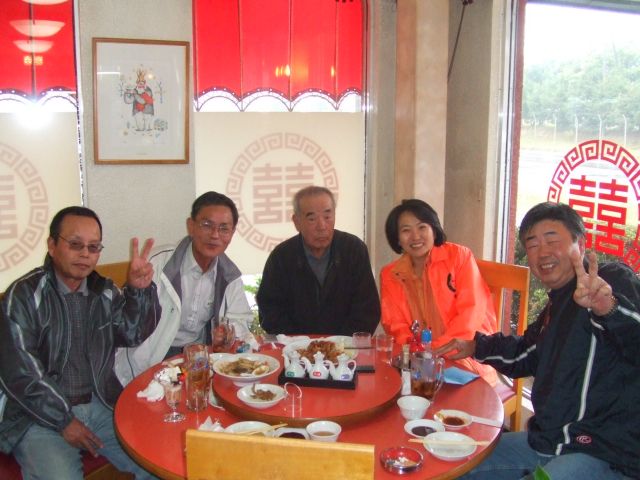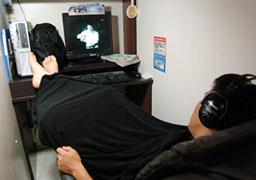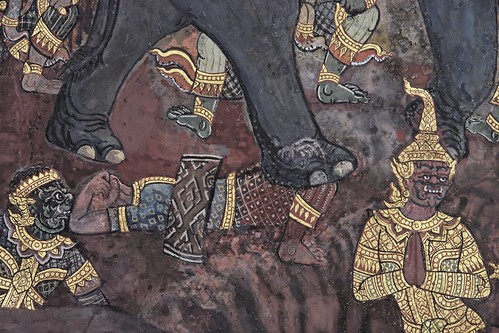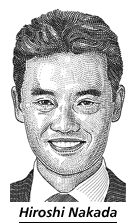As our Alex Kerr inspired discussion continues I have noticed two recent stories in which public policy makers are actually working to address some of the very issues which he focuses on.
First, from The Japan Times: (Try Bugmenot to view the article.)

The Tokyo Metropolitan Government started a project Monday to cut down 1.8 million cedar trees in the mountainous Tama region west of Tokyo to help people with cedar pollen allergies.
One in every four residents in the metropolitan area is believed to suffer from cedar pollen allergies in spring, when the trees release vast amounts of pollen into the air.
The project, aimed at reducing pollen produced by a 1,200-hectare area in the mountains by 20 percent over 10 years, involves replacing ordinary cedar trees with broadleaf trees and a new kind of cedar that releases only a tenth of the pollen of the conventional cedar.
Timber from the felled trees will be used to make desks and lockers for schools and to help build private housing, the metropolitan government said.
“(The cedar trees) have caused vast damage across the country, but the central government hasn’t done anything for us. The metropolitan government will take the first step,” said Gov. Shintaro Ishihara, who attended the ceremony.
Next, the AP passes on reports from Yomiuri and Mainichi that Kyoto is banning certain billboards and neon signs, as well as increasing regulation over building heights.
TOKYO: Japan’s ancient capital of Kyoto plans to ban billboards on top of buildings and blinking neon signs to improve the city’s landscape, news reports said Saturday.
Kyoto, dotted with old temples, shrines and other historical sites, is known for its beauty and is a popular tourist destination.
But just like many other big cities in Japan, Kyoto’s streets are not free of eyesores such as gaudy billboards and glaring neon signs. Critics often blame Japan’s lax regulations.
Kyoto plans to ban all rooftop billboards as well as neon signs that flicker, Japan’s largest daily Yomiuri Shimbun reported Saturday.
The city plans to revise its regulations on outdoor advertisements by March and rooftop billboards and blinking signboards are expected to be removed completely in six years, the paper said.
The city is also considering introducing stricter regulations on the height of buildings in areas near historic sites, Yomiuri said.
Notice the photograph of Tokyo Governor Ishihara Shintaro, who has appeared in public with Kerr, personally cutting down a cedar true. Kerr has of course been extremely active in promoting Machiya preservation and historic district legislation in Kyoto. Should he get some credit for his activism, or were these policy changes inevitable?


 On a recent evening, a 30-year-old man from Osaka entered one such place in the city’s Umeda entertainment district. He signed up for the late-night rate, which allows a five-hour stay for 1,500 yen starting at 10 p.m. The man slipped into one of the private booths, carrying a backpack.
On a recent evening, a 30-year-old man from Osaka entered one such place in the city’s Umeda entertainment district. He signed up for the late-night rate, which allows a five-hour stay for 1,500 yen starting at 10 p.m. The man slipped into one of the private booths, carrying a backpack.








